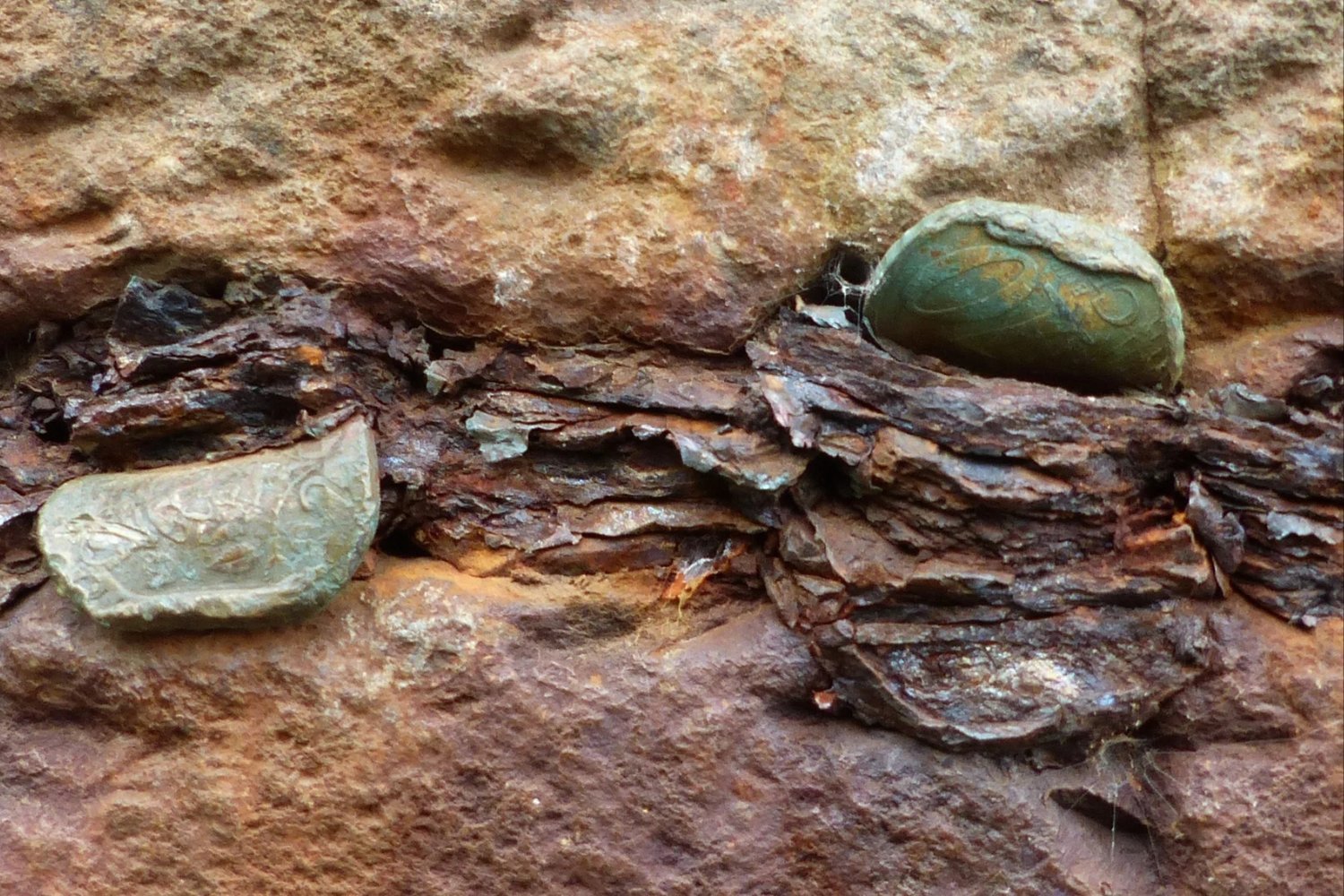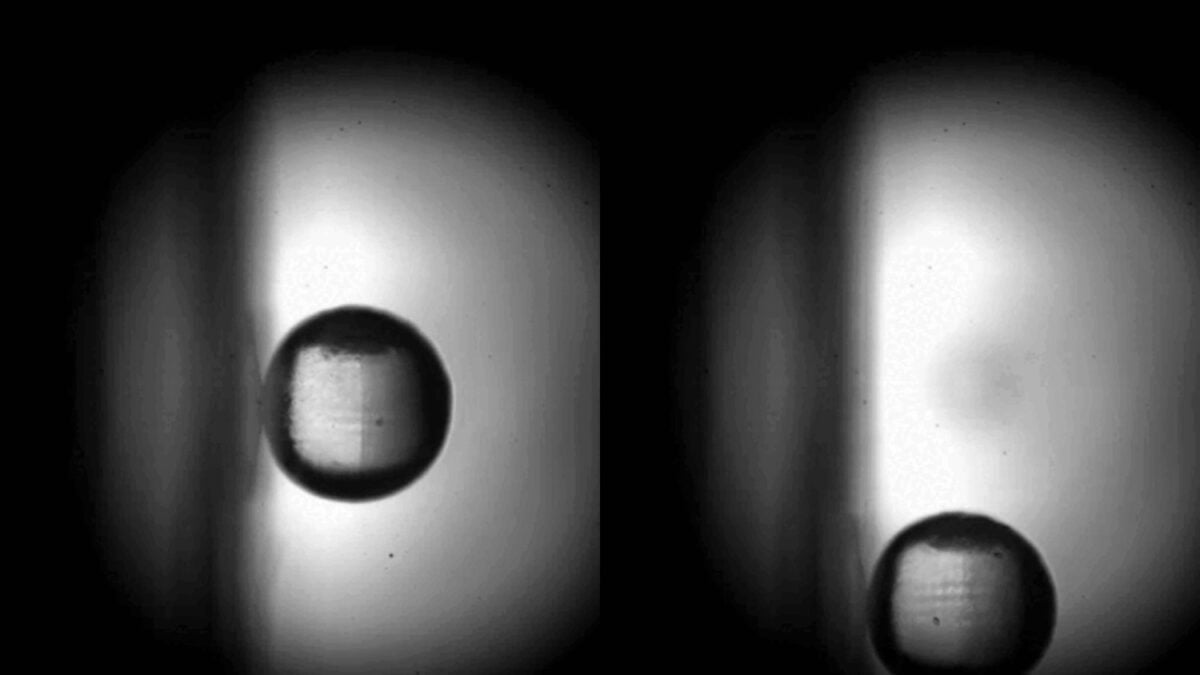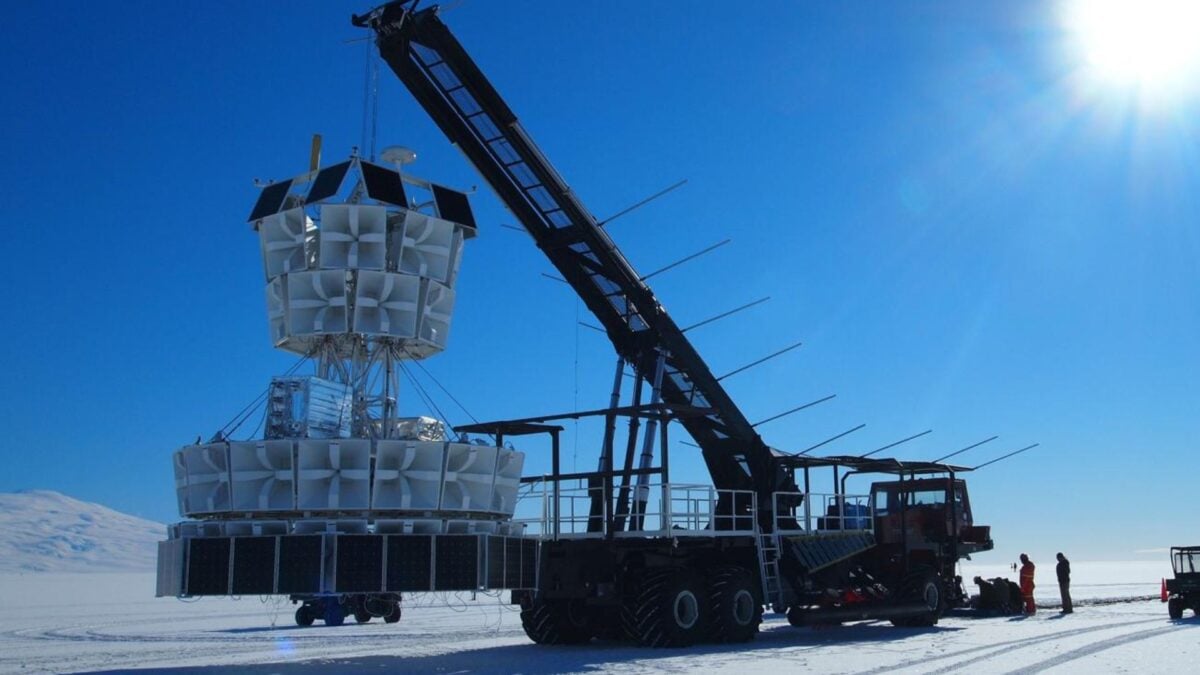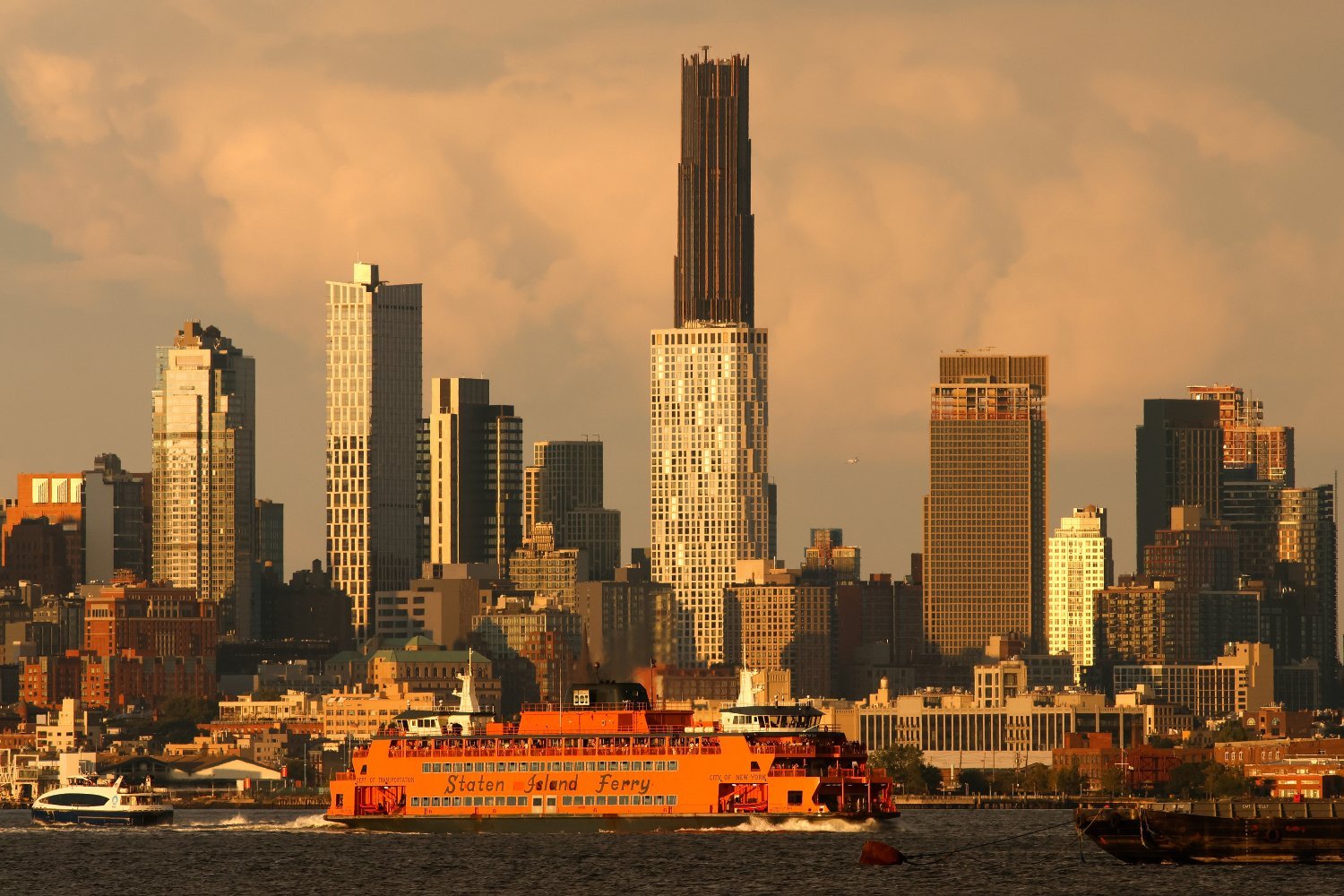Northern Ireland’s Giant’s Causeway, a geological marvel with over 40,000 basalt columns formed nearly 60 million years ago by natural events, faces a modern threat. Visitors are damaging this World Heritage Site by wedging Giant’s Causeway coins into its ancient pillars, prompting urgent calls for preservation.
A Damaging Tradition: Coins Threaten Ancient Stones
The National Trust, the conservation charity responsible for the site, has issued a strong appeal. They urge visitors to cease this destructive practice. The coins, often left as mementos, are corroding and physically harming the basalt rock. This accelerates natural erosion processes, as detailed in a report by the British Geological Survey. Cliff Henry, National Trust Nature Engagement Officer, explained, “The coins are rusting, and expanding to three times their original thickness, which puts huge pressure on the surrounding rock causing it to crumble. Unsightly streaks of copper, nickel and iron oxides are also staining the stones where the coins are corroding.”
 Aerial view of Giant's Causeway basalt columns showing the intricate hexagonal patterns vulnerable to damage from coins.
Aerial view of Giant's Causeway basalt columns showing the intricate hexagonal patterns vulnerable to damage from coins.
The Cost of “Leaving a Mark”
This seemingly minor act has significant consequences. While tourists tossing coins into Rome’s Trevi Fountain generated $1.52 million for the Catholic charity Caritas in 2022, as reported by Reuters, the situation at Giant’s Causeway is starkly different. The National Trust and its partners face an estimated $40,000 bill to meticulously remove the embedded coins and attempt to mitigate the damage to this irreplaceable natural wonder. This highlights a concerning trend of tourists leaving physical “marks” at iconic landmarks without understanding the potential harm.
Expert Warnings on Irreversible Harm
The British Geological Survey report further underscores the severity of the issue. It found coins from various countries lodged in precarious, hard-to-reach places, suggesting visitors might even endanger themselves. Crucially, the report notes, “There is demonstrable evidence that the practice of inserting coins into the joints and other fractures of the Giant’s Causeway is having a detrimental impact on the constituent basalt rock, both physically and aesthetically.” It also suggests that many visitors are likely unaware that their actions are causing such significant damage to the site’s integrity. The degradation from coins appears to accelerate the natural break-up of the rock mass.
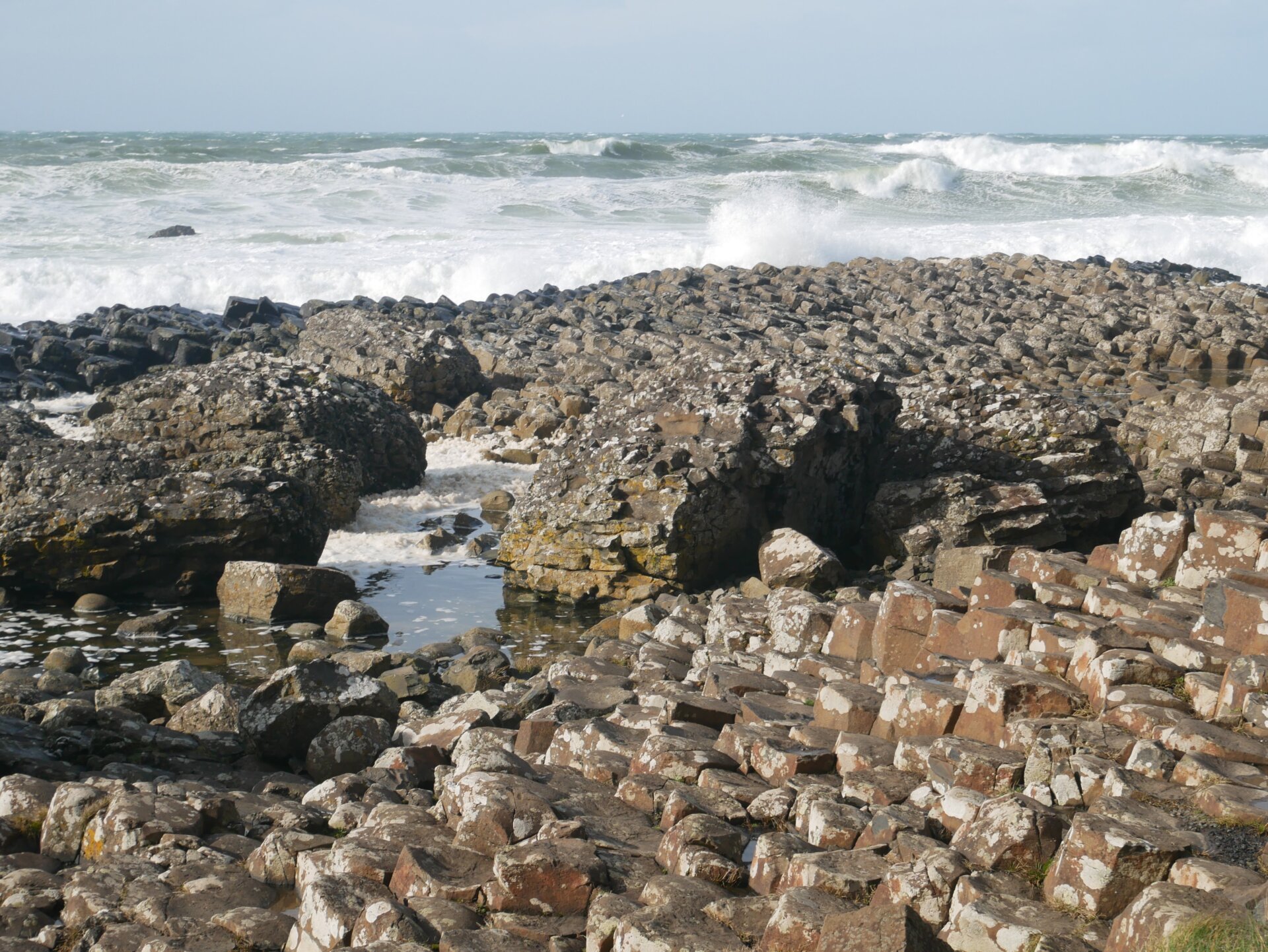 Close-up of the iconic interlocking basalt pillars at Giant's Causeway, a 60-million-year-old geological formation in Northern Ireland.
Close-up of the iconic interlocking basalt pillars at Giant's Causeway, a 60-million-year-old geological formation in Northern Ireland.
The legend of Giant’s Causeway, perhaps built by the Irish giant Finn McCool according to one tale, adds to its allure. This natural masterpiece deserves our respect. To preserve Giant’s Causeway for future generations, visitors must embrace the “leave no trace” principle and stop wedging coins into its ancient stones, ensuring its wonder endures.



